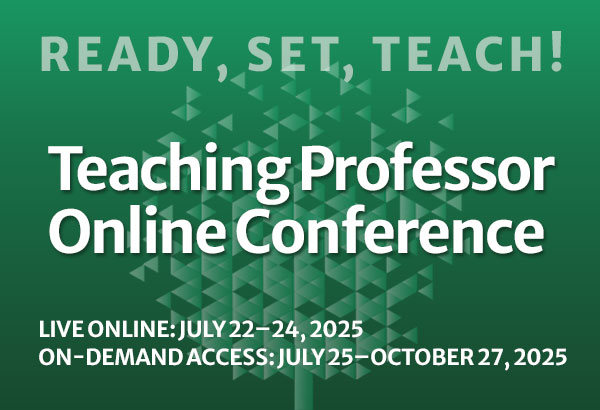Teaching Effectiveness: The Definitions of Teachers and Students
When we talk about teaching effectiveness, it’s usually in the context of evaluation. Student ratings are frequently described as measures of teaching effectiveness, and that makes our understanding of the term important. Researcher Leslie Layne wondered whether students and teachers define the term similarly. If they don’t, Layne writes that understanding the differences “is crucial to faculty and administrators when interpreting student survey results.” (p. 43)



